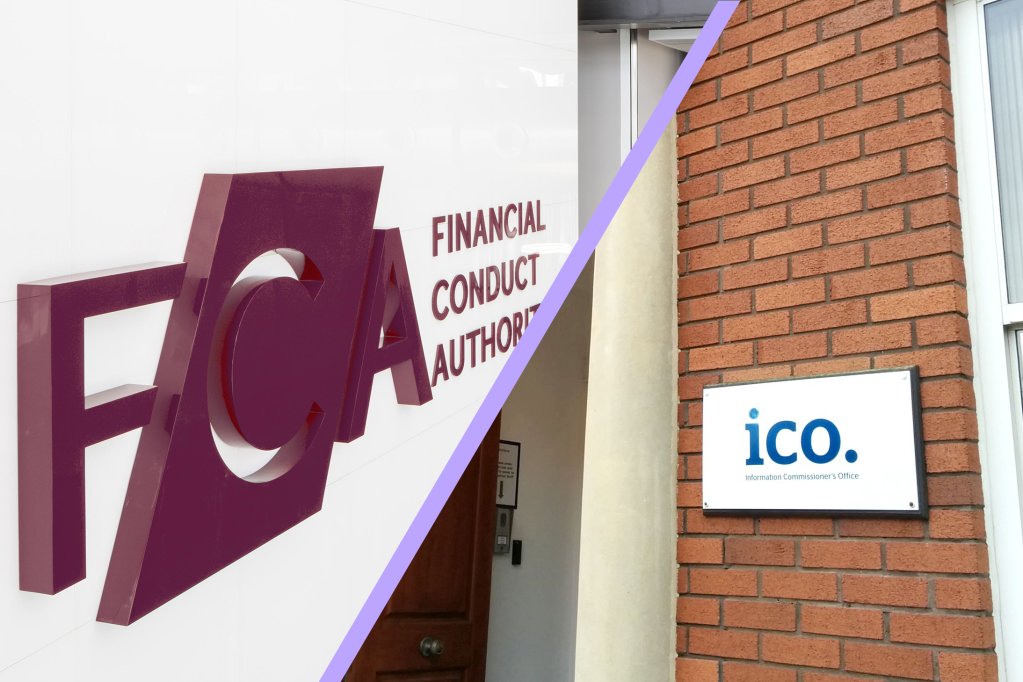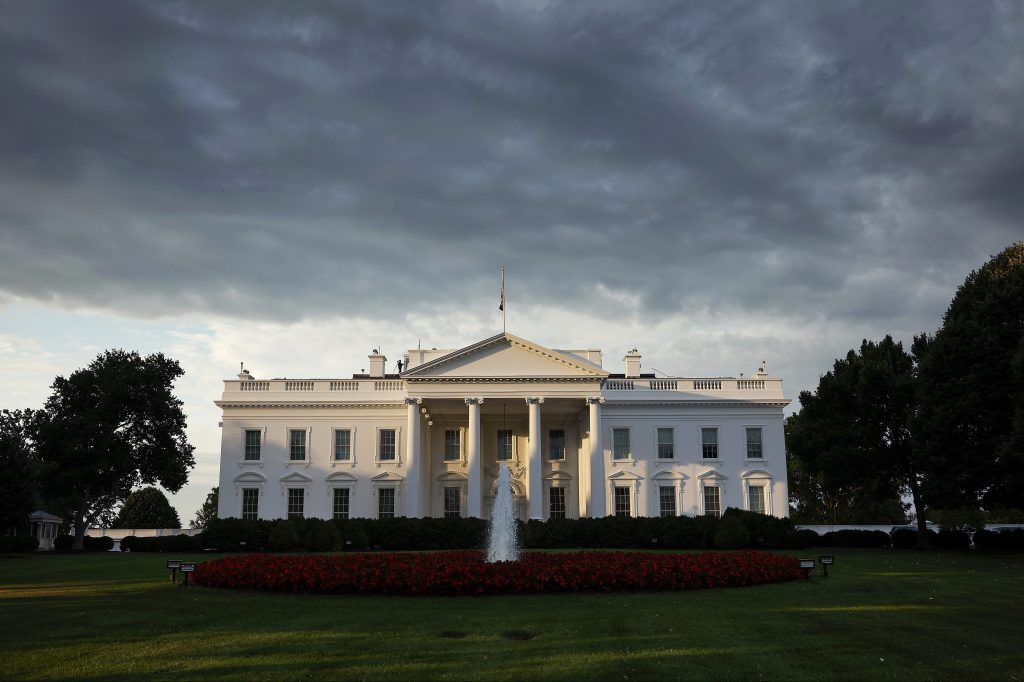Traditional credit rating assessments are “short-sighted” and “not intuitive” when it comes to incorporating ESG risk. That’s the conclusion of US-based thinktank the Institute for Energy Economics and Financial analysis (IEEFA) in a new report called Can Credit Assessments and Sustainability Coexist?
The report asserts the view that ESG considerations in credit ratings are not value judgements or measures of a company’s impact on sustainability, but measures of how ESG factors affect creditworthiness. “The way agencies have incorporated ESG into credit analysis has had no effect on their conventional credit assessment”, says the IEEFA. And, it says, “the current credit rating methodology is a disadvantage for companies that are pursuing a sustainable transition”.
This means, according to IEEFA, that “a company can have a weak ESG credit score, be carbon intensive, lack a clear carbon transition pathway and yet be assigned a high investment grade rating due to its high ability to repay its debt in the next three to five years”.
Capital structure
Why this matters is that “The International Energy Agency Net Zero Emissions by 2050 Scenario estimates that around 70% of clean energy investment will take place over the next decade and this largely hinges on the widespread mobilization of low-cost debt,” says the report. “A credit rating is an important factor to consider when deciding on capital structure.”
The problem, in the view of the IEEFA, is that only ESG factors that are “visible, likely to materialize, and have a significant impact on creditworthiness in the short term (three to five years) are considered”. Longer-term projections that are considered uncertain or difficult to quantify are not taken into account.
The report uses the example of Pacific Gas and Electric Company (PG&E) to illustrate the point. A series of wildfires between 2015 and 2018 meant PG&E ended up facing billions of dollars in liabilities related to physical risk. Until then, its credit rating had been strong. But in 2019, S&P and Moody downgraded PG&E’s rating and the company subequently filed for bankruptcy.
Impact
“This underscores that what is currently deemed uncertain risk could result in a multi-notch downgrade and, eventually, bankruptcy, which can severely impact bondholders,” says the IEEFA.
The report concludes that “credit assessment practices must evolve to ensure that the ratings system, too, is sustainable” and that “a credit rating evaluation would benefit from including long-term risks and/or opportunities to provide early signals”.
The full report is available on the IEEFA’s website.

















